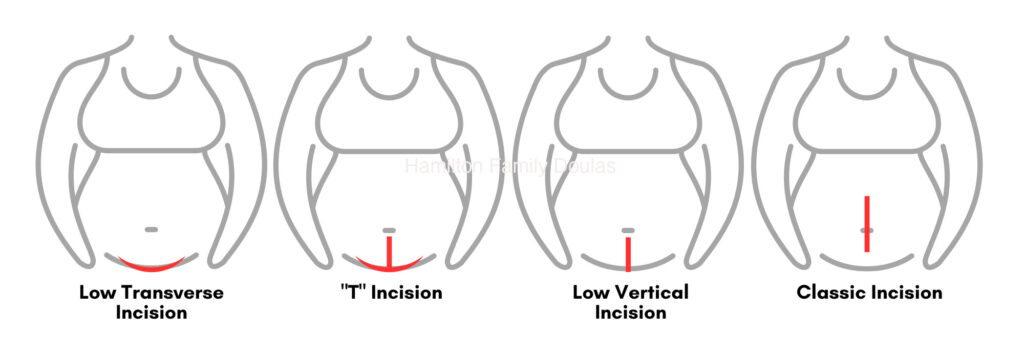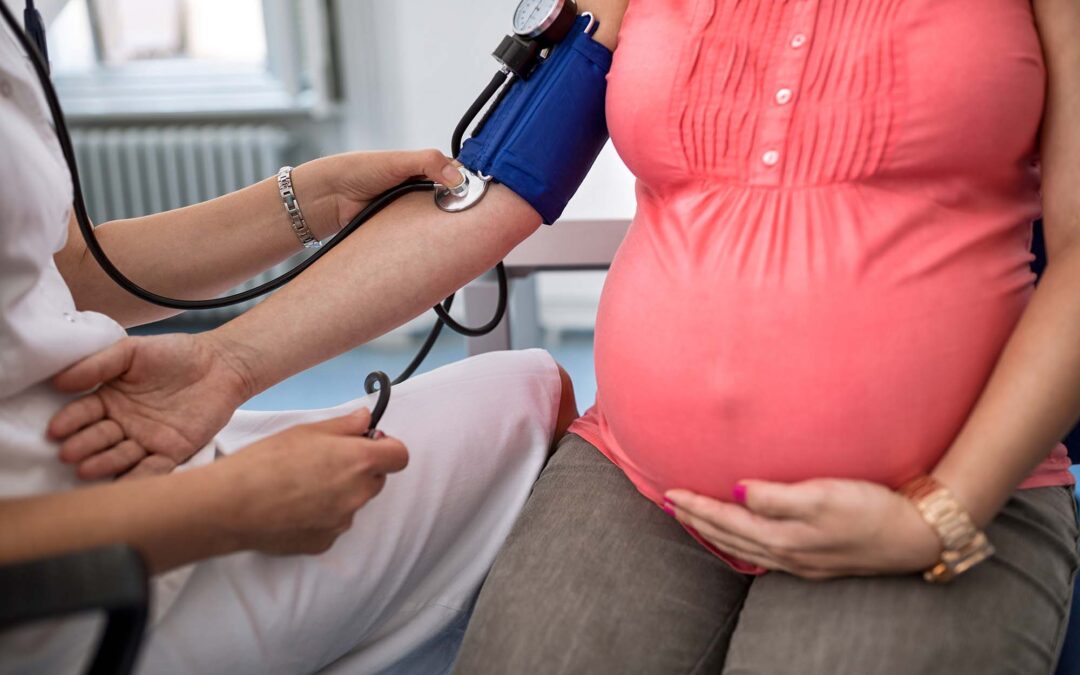Is it even safe to attempt a Vaginal Birth After Cesarean? Let’s explore the question “is VBAC safe?”
For expectant mothers who have undergone a previous cesarean section, the question of whether to attempt a Vaginal Birth After Cesarean (VBAC) is a significant one. The safety and well-being of both mother and baby are the top considerations, and understandably, there might be concerns and doubts surrounding the decision. The good news is that with appropriate medical care and a thorough understanding of individual medical histories, VBAC is approximately as safe as any vaginal birth.
The Evolution of VBAC Safety
Historically, there was a level of caution associated with VBAC due to concerns over potential complications like uterine rupture. This cautious stance led many medical professionals to recommend repeat cesarean sections as the default option. This was largely due to the way c-sections were performed. Your grandmother, if she had a c-section, may have had what is called a “T incision”, a “Classic incision” or a Vertical incision. These are rarely used today, except in special circumstances, as they are associated with higher rates of complications in birth.

Extensive research and comprehensive studies have shown that VBAC can indeed be a safe and viable option for many people. In fact, statistics show that the overall success rate of VBACs is remarkably high. The majority of women who attempt VBAC achieve successful vaginal deliveries. In fact 75% of all attempts at VBAC are successful!
Moreover, the incidence of uterine rupture, while present and serious, is relatively rare and closely monitored by healthcare providers during labor. The risk of rupture is .5% or 1 in 200 births. This risk is lower if the birthing person has had at least one previous vaginal birth before or after a c-section.
Personalized Care and Informed Decision-Making
One of the key factors contributing to the safety of VBAC is the personalized care that medical professionals provide to each individual. Before attempting a VBAC, a thorough evaluation of each candidate’s medical history, previous cesarean details, and current health status is conducted. This allows healthcare providers to assess the suitability of VBAC for each patient and make informed decisions based on the available information.
When considering whether the question “is VBAC safe”, a pregnant woman and her healthcare provider will need to consider their age, their overall health, what their birthing history looks like, how it has been since their c-section and whether or not you are carrying one baby or multiples. Healthcare professionals will consider why the previous c-section was performed. They will want to know if their patient was able to go into labour spontaneously or did they need to be induced. If they were induced, was the induction successful or did dilation of the cervix fail to progress? Was the caesarean performed because baby showed signs of persistent distress, or perhaps there were problems with the placenta, or was the decision to birth by c-section made because baby would not descend despite hours of pushing?
There are an awful lot of elements to consider when asking ourselves if VBAC is safe.
The Role of Continuous Monitoring
Continuous monitoring during labor plays a pivotal role in ensuring the safety of both mother and baby during a VBAC. Healthcare teams closely observe vital signs and uterine activity, allowing them to promptly address any potential complications. This vigilant monitoring, combined with the readiness to swiftly transition to a cesarean delivery if necessary, further enhances the safety of VBAC.
One key factor in making VBAC safer is delivering in a facility that can perform a c-section within minutes. The ability to respond within minutes to a life-threatening complication during labour, such as a uterine rupture, is how we make VBAC safe for so many birthing people.
Choice and Changing Circumstances
The decision to attempt a VBAC is a deeply personal one and should be made collaboratively with a pregnant person’s healthcare provider. It’s important to acknowledge, however, that sometimes circumstances change. It’s possible to get the green light to move forward with an attempt to have a VBAC but then experience changing health circumstances that make VBAC less safe. These might include signs of pre-eclampsia, signs of placental insufficiency, is baby breech, or are they an especially large baby, to name just a few.
Armed with the latest medical insights, a supportive healthcare team, and a willingness to adapt to changing circumstances, many women find that VBAC can offer a safe and fulfilling birthing experience.
So, is VBAC safe? Yes!
VBAC, when thoughtfully considered, well-monitored, and supported by a capable medical team, can indeed be overwhelmingly safe. It offers women the opportunity to embrace their body’s natural capabilities while upholding the highest standards of safety and care. Remember, your healthcare provider is your greatest ally in this decision-making process, guiding you towards a choice that aligns with your health, preferences, and the well-being of your baby.
Considering A VBAC?
“Is VBAC safe?” is one question you can answer with your healthcare provider. How do I increase my chances of having a safe and successful VBAC is a whole other matter. If you are considering a VBAC and want to increase your chances of success, check out our VBAC To Baby program! We developed a program that you can do from anywhere in the world that focuses on reducing pregnancy discomfort, increasing space and ease within the pelvis, guiding you through a personalized step-by-step VABC preparation plan and equipping you with the insider knowledge only a doula can give to help you have a successful VBAC. If you are local to Hamilton, Ontario, you can hire us to do all of this AND attend your birth as your doulas!
Further Reading:
Association of Ontario Midwives. Vaginal Birth after Previous Low-Segment Caesarean Section. 2021; (Clinical Practice Guideline No. 14)..

